General Info – summary
This taller than wide Tree is up to 30m high and has a distinctive smooth, yellow/green photosynthetic bark. Small bipinnate Leaves have paired straight, white and spinescent stipules. The many bisexual Flowers in each round yellow spike are regular. Exserted stamens and pistil with superior ovary and extending style are present. Fruit is a non-sickle shaped, flattish tardily dehiscent pod up to 13cm long.
Description
Vachellia xanthophloea
Previous Name: Acacia xanthophloea, Acacia songwensis.
SA Tree No. 189.
Common names: (Afr) Geeldoring, Geeldoringboom, Geel-doringboom, Koorsboom. (Eng) Fever Tree, Sulphur Bark, Sulphur Tree, Sulphur-bark, Sulphur-bark Thorn. (isiZulu) Umdlovune, Umhlosinga, Umkhanya-gude, Umkhanyakude. (Northern Sotho) Mooka-kwena, More-O-mosetlha, Mosehla. (siSwati) Umhlafutfwa, Umkhanyakudze. (Setswana) More O Mosetlha. (Tshivenda) Munzhelenga, Muunga-gwena, Muvumba ngwena. (Xitsonga) Nkelenga.
Family: Fabaceae, or Leguminosae (Pea, bean or legume family). After the Orchidaceae and the Asteraceae, the Fabaceae is the third largest Angiosperm (flowering plants) family with 700+ genera and close to 20 000 species. Local Tree genera on this website include Acacia (Vauchellia, Senegalia), Albizia, Bauhinia, Bolusanthus, Burkea, Calpurnia, Colophospermum, Cordyla, Cyclopia, Dichrostachys, Erythrina, Erythrophleum, Faidherbia, Indigofera, Mundulea, Peltophorum, Philenoptera, Piliostigma, Schotia and Xanthocercis. The Fabaceae are recognisable by their fruit and by their pinnately compound Leaves. Leaves may also be simple – even bilobed and usually have stipules – some of which may be spinescent. Leaflets are usually entire. Flowers are bisexual and bracteate. Regular flowers usually have 4-5 sepals and the same number of petals. Irregular flowers have 4-5 sepals and 5 or less petals. Stamens have anthers that have 2 pollen sacs and there are usually at least twice the number of stamens as petals – often 10. The superior Ovary has 1 locule containing 1 or more ovules. The Stigma and Style are simple. The single carpel develops into the Fruit, which is usually a pod. The mature pods may dehisce or break into segments. Seeds vary.
Name derivation. Species of the genus Vachellia and Senegalia were considered members of the genus Acacia until 2005. New Names. The genus Vachellia was named after George H. Vachell (1789 – 1839), chaplain and plant collector in China. Here the inflorescence is capitate (head like) and spinescent stipules (spines) are present. Plants in the genus Senegalia – (from Senegal) usually do not have spinescent stipules and the inflorescence is usually a spike. xanthophloea: Greek: xanthos = yellow and phloios = bark: refers to the yellow bark.
Conservation: National Status: L C (Least Concern). Assessed: 2005 (W. Foden and L. Potter). This is becoming a widely planted urban tree.
Tree
These taller than wide Trees (photo 276) range up to 30m high (usually 10-15) and have big upward and high up growing Branches (photo 781) generate a spreading crown. Lower branches fall early. The impressive trunk diameter in the photo taken at Lowveld Botanical Gardens is close to 1m wide (photo 781). The greenish yellow, photosynthetic Bark is smooth (very characteristic), and slightly flaking. Yellowish powdery bloom covers the bark (photo 661). Rubbing the bark removes the bloom and reveals a darker green colour. The smooth bark may have patterned depressions caused by chunks of bark falling off (photo 1030). Damaged bark turns black (photo 1031).
- 781 2014.09.16 Lowveld NBG. Photo: David Becking.
- 276 2014.09.01 Mapungubwe NP. Photo: David Becking.
- 661 2015.9.22 Walter Sisulu NBG. Photo: David Becking.
- 1030 2016.10.18 Pretoria NBG. Photo: David Becking.
- 1031 2016.10.18 Pretoria NBG. Photo: David Becking.
- 259 2014.09.06 Duiwelskloof. Photo: David Becking.
Leaves
The tree is somewhat deciduous and not densely leafy. The hairless or slightly pubescent Leaves are up to 10cm long and bipinnate (compound: twice-pinnate leaves. The rachis – central axis, has lateral pinnae “branches” not leaflets and the pinnules “leaflets” are on these “side branches”- photo 310). There are 2-9 pairs of pinnae, each bearing about 8-20 pairs of small – Leaflets (pinnules – photo 05). These are roughly 5 x 2mm and slightly spaced apart. Young light green leaves mature to dark green above and lighter below (photo 310). There are Glands on the upper side of the grooved Rachis (axis bearing flowers or leaflets) between the top pairs of pinnae. The hairless Petiole (leaf stalk) is up to 1,5cm long and usually has a gland on the upper side (photo 392). Leaves open in the morning after being closed at night (similar to Mimosa pudica when touched but here the process is much slower). Stipules (basal appendage of the petiole) are spinescent, with paired white, straight Spines that are slender and up to 8+cm long (photos 256, 05 & 50). The spines are smaller and less common on older trees.
- 392 2016.09.20 Walter Sisulu NBG. Photo: David Becking.
- 05 2014.04.15 Walter Sisulu NBG. Photo: David Becking.
- 256 2014.09.06 Duiwelskloof. Photo: David Becking.
- 50 2014.04.15 Walter Sisulu NBG. Photo: David Becking.
- 310 2015.12.22 Walter Sisulu NBG. Photo: David Becking.
Flowers
The impressive individual yellow, sweetly scented, bisexual Flowers are produced in large numbers and are actinomorphic (Regular, symmetrical. Flowers are vertically divisible into similar halves by more than 1 plane passing through the axis). These individual flowers occur collectively in compressed; almost spherical Spikes (simple indeterminate inflorescences with sessile flowers on a single unbranched – Peduncle – the stalk supporting each entire inflorescence). Flowers are individually and collectively attractive. Each spikes produces an impressive ball of flowers (photo 275). Towards the ends of branches up to 10 spikes are clustered at each node (photo 255). Each inflorescence (spike) is up to 1,4cm wide and supported by a short, thin peduncle. The peduncle has a ring of bracts attached to it (photo 724). The Calyx is up to 1,7mm long and Corolla is up to 3,5mm long. The lobes of both the sepals and petals are a bright red and are visible in the partly dissected inflorescence (photo 724). In this photo of a young dissected spike, the style has yet to extend beyond the anthers. In an open, un-dissected spike, the Stamens hide both the red calyx and corolla, and display the spikes yellow colour. There is a single pistil (a unit of the Gynoecium, the female element of the flower, composed of the Ovary, Style and Stigma). After shedding pollen, the single Style of each flower extends the stigma above the superior Ovary and well beyond the Stamens. In this position, the Stigma becomes receptive to other pollen. This delay helps to prevent self-pollination. Bees are probably the main agent of Pollination. To the north of South Africa, trees may also have white and even purplish flowers. (Aug-Nov).
- 275 2014.09.01 Mapungubwe NP. Photo: David Becking.
- 255 2014.09.06 Duiwelskloof. Photo: David Becking.
- 724 2016.10.11 Pretoria NBG. Photo: David Becking. Dissected.
Fruit
The Fruit is a thin Pod up to 13 x 1,4cm. It is slightly papery, initially green (photo 122), and becomes yellowish brown or light brown (photo 123). It is usually straight or has curved constrictions between the usually small seeds. The tardily dehiscent pods tend to break open transversally on the ground to release the Seeds. Young green pods may bend but are not sickle shaped (photo 975). In this photo of the slightly translucent young pod, the shape of the round the developing seeds is visible. The brown Seeds have a typical light U-shape on the surface (photo 123). (Jan-Apr).
- 122 2015.12.08 Walter Sisulu NBG. Photo: David Becking.
- 975 2015.11.24 Near Walter Sisulu NBG. Photo: David Becking.
- 123 2015.12.08 Walter Sisulu NBG. Photo: David Becking.
Distribution & Ecology
These Trees usually occur in groups, near water (including swamps and pans) and in dry deciduous woodlands – often near rivers. They thrive where underground water is available – even survive water flooding. These trees may form their own forest. This is not a great shade tree, but this feature enables grass and other plants to grow under it. Both leaves and the sulphur yellow-green bark can photosynthesise. Trees are Located in Lowveld Lebombo Mountain area (800km narrow mountain range – from Hluhluwe in KwaZulu-Natal to Punda Maria in in Limpopo – Kruger National Park). Trees also occur in Swaziland, Botswana, Zimbabwe, south and central Mozambique and northwards to Kenya and Somalia. The scented, yellow Flower balls attract insects (including bees), and birds. Monkeys eat the flowers and elephants eat the young Branches, leaves and Roots. Vervet monkeys eat both leaves and flowers. Giraffe eat the Pods and leaves, and baboons eat green Seeds and Gum (a water-soluble sugary polysaccharide exuded to seal wounds and prevent infection by bacteria and fungi and helps to prevent trees from freezing).
Ethnobotany
This Tree became well known after the publication of the Just so Stories for children by Rudyard Kipling in 1902. The Wood is heavy, hard and orange (photo 181) to almost white. If seasoned, it does not crack, makes good furniture and used for carving. A good luck charm is made from the bark. These attractive Trees are easy to grow from seed. They are fast growing – up to 1,5m per year and able to tolerate light frost but must be protected when young. Plant these trees well clear of buildings. Mature trees are big with a wide trunk and the lateral roots grow close to the surface (photo 1031 – under Trees). Leaves fold closed at night or in very dry conditions. Fallen thorns are a cause for concern. They can puncture car tyres and shoes. Large quantities of pollen are produced, and this may cause health problems. Early travellers assumed that the tree colour indicated that they were responsible for the spreading of malaria. Later on, it was discovered that mosquitoes were the responsible agents. These trees survive several degrees of frost, and are now quite widely planted in inland suburban areas.
- 181 2019.08.13 Skukuza nursery. KNP. Photo: David Becking.
References
Boon, R. 2010. Pooley’s Trees of eastern South Africa. Flora and Fauna Publications Trust, Durban.
Burrows, J.E., Burrows, S.M., Lotter, M.C. & Schmidt, E. 2018. Trees and Shrubs Mozambique. Publishing Print Matters (Pty) Ltd. Noordhoek, Cape Town.
Coates Palgrave, M. 2002. Keith Coates Palgrave Trees of Southern Africa, edn 3. Struik, Cape Town.
Foden, W. & Potter, L. 2005. Vachellia xanthophloea (Benth.) P.J.H.Hurter. National Assessment: Red List of South African Plants version. Accessed on 2024/03/17.
Lawrence, G. H. M, 1951. Taxonomy of Vascular Plants. The Macmillan Company, New York. Tenth Printing 1965.
Ross, J. H. A conspectus of the African Acacia Species. 1979. Botanical Research Institute.
Palmer, E. & Pitman, N. 1972. Trees of southern Africa. Balkema, Amsterdam, Cape Town.
Schmidt, S. Lotter, M. & McCleland, W. 2002. Trees and Shrubs of Mpumalanga and the Kruger National Park. Jacana, Johannesburg.
van Wyk, B. & van Wyk, P. 1997 Field guide to Trees of Southern Africa. Struik, Cape Town.
http://kumbulanursery.co.za/plants/vachellia-xanthophloea
http://witkoppenwildflower.co.za/vachellia-xanthophloea/
http://pza.sanbi.org/vachellia-xanthophloea
http://plantzafrica.com/plantab/acaciaxanth.htm
http://waynesword.palomar.edu/plaug99.htm
http://posa.sanbi.org/flora/browse.php?src=SP

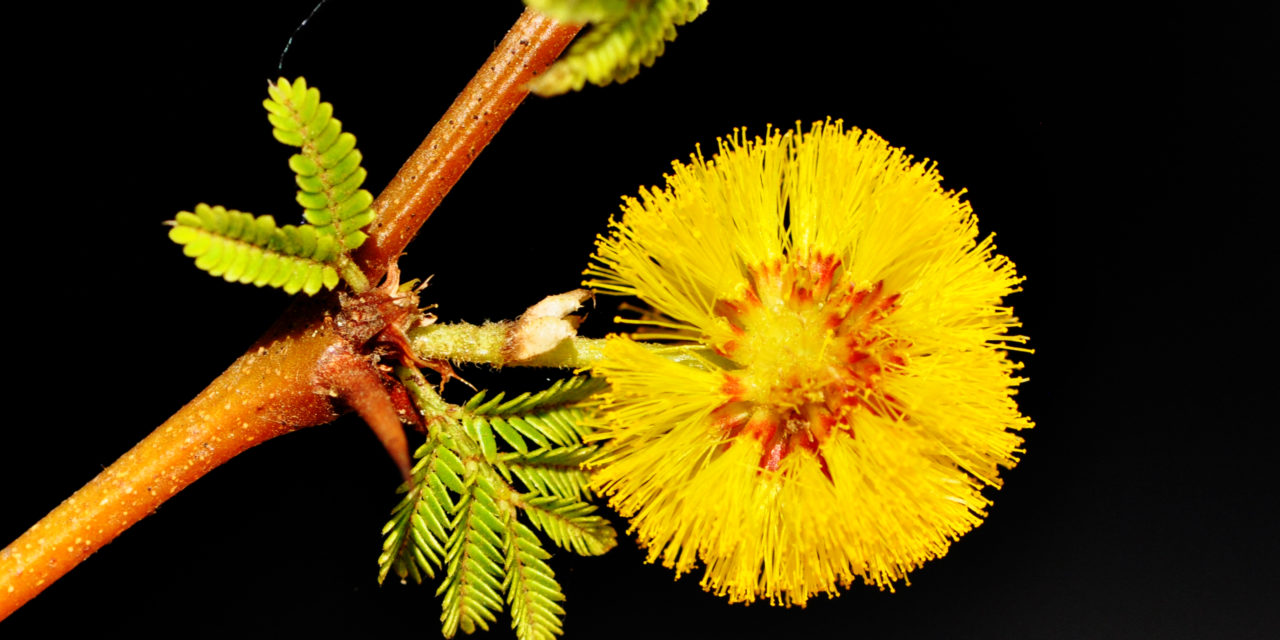
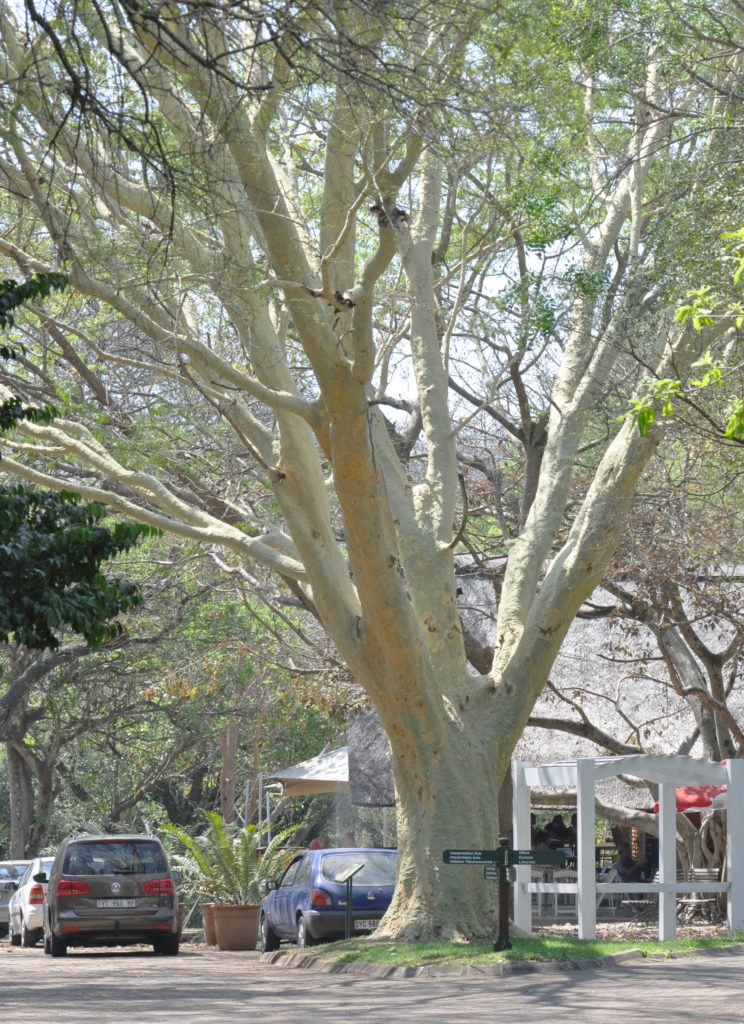
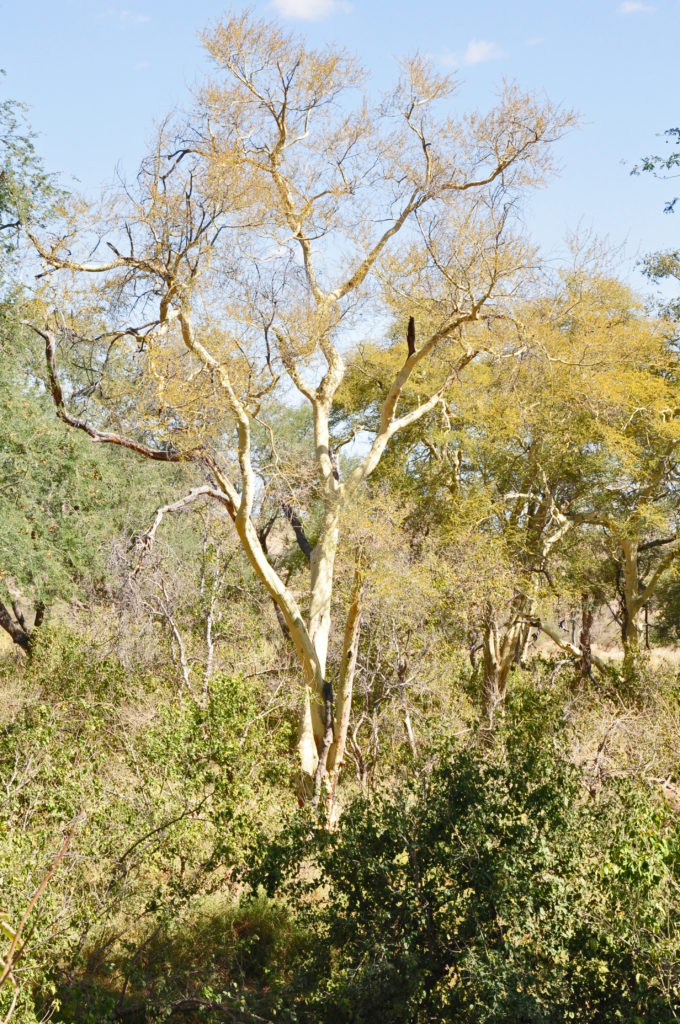
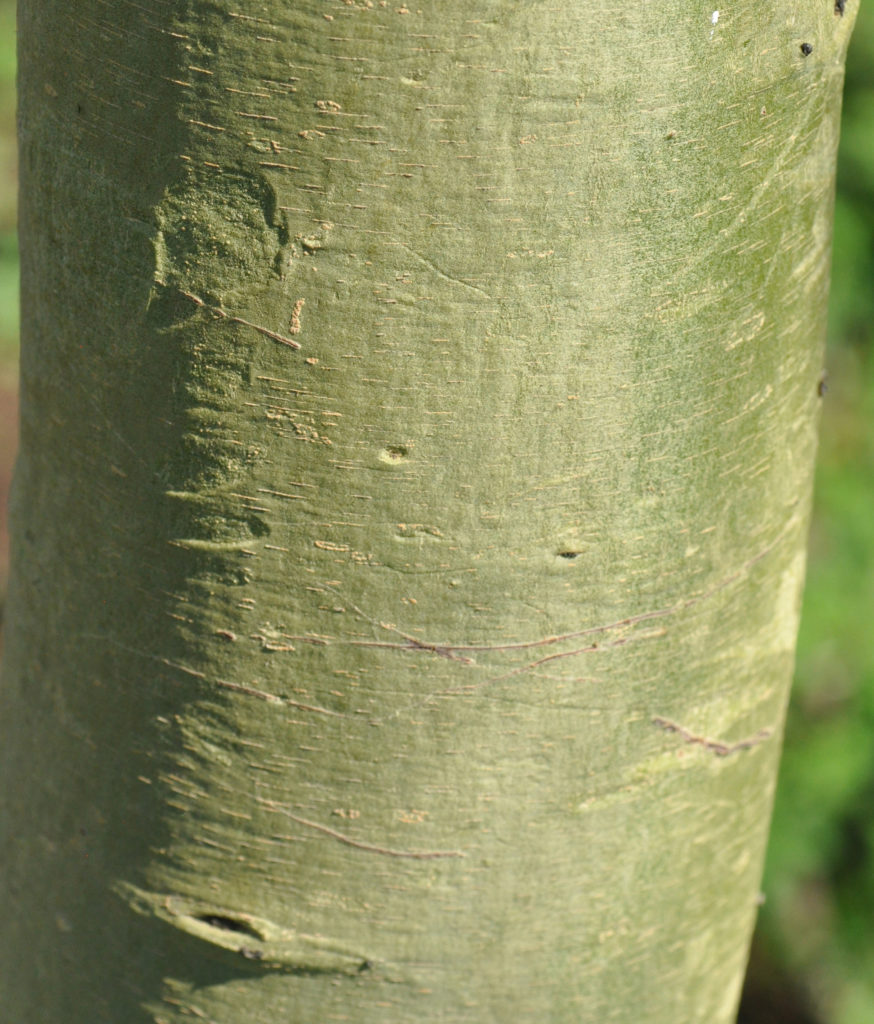
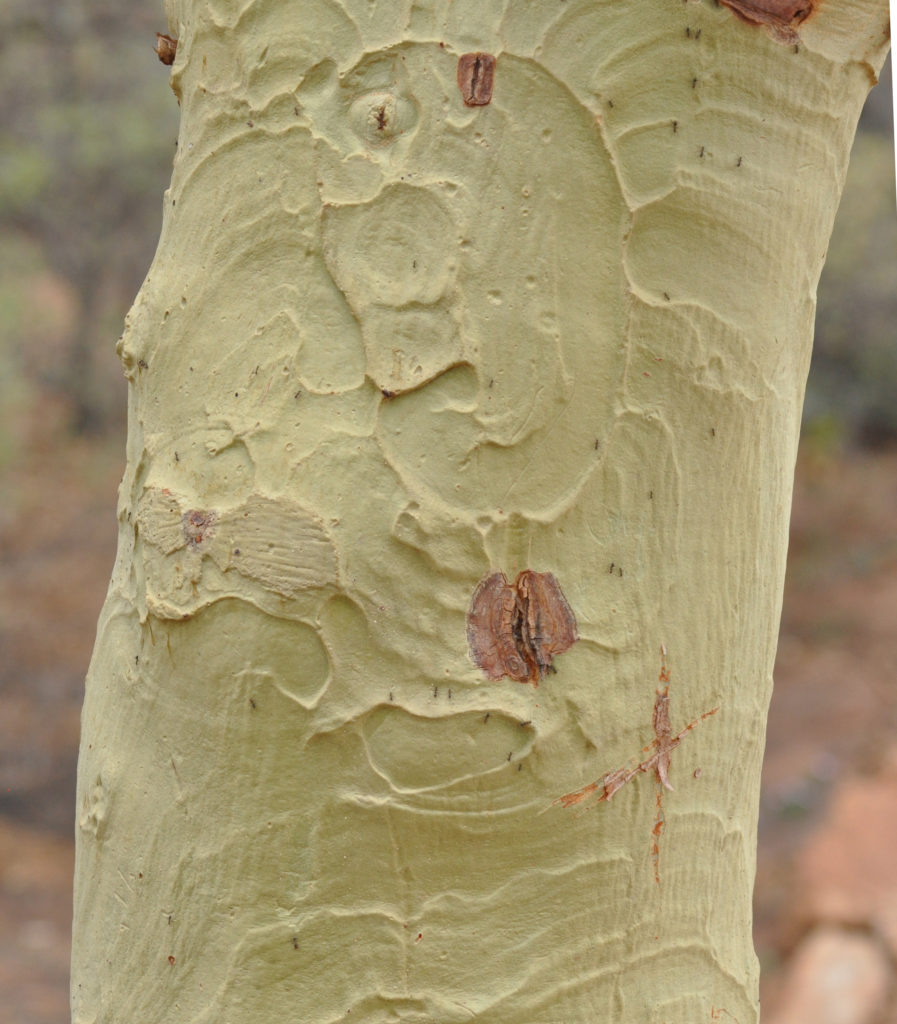
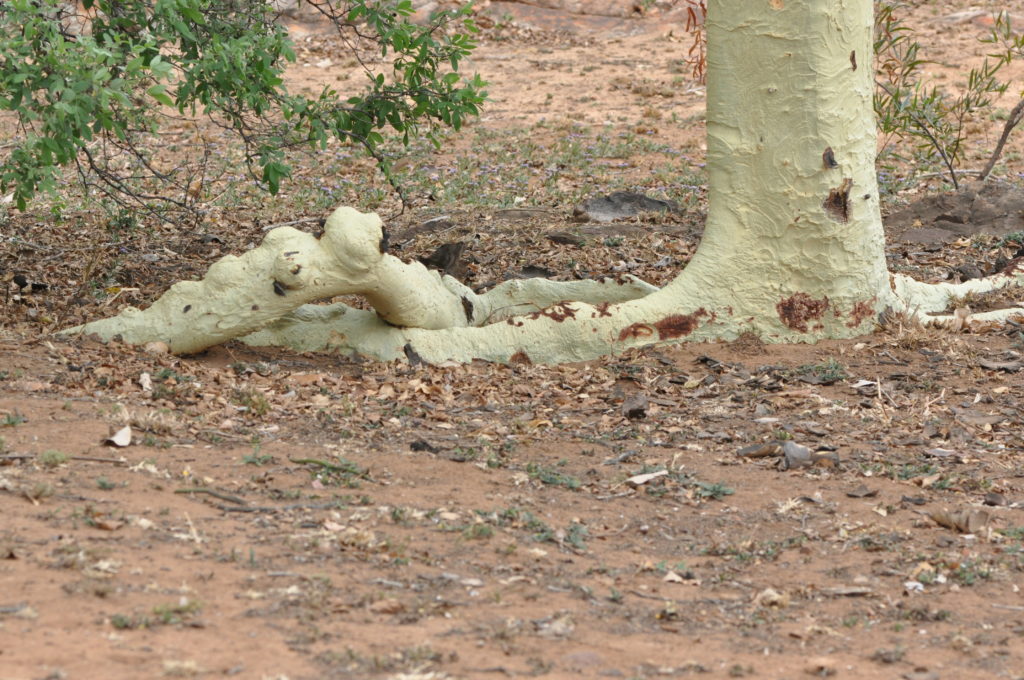
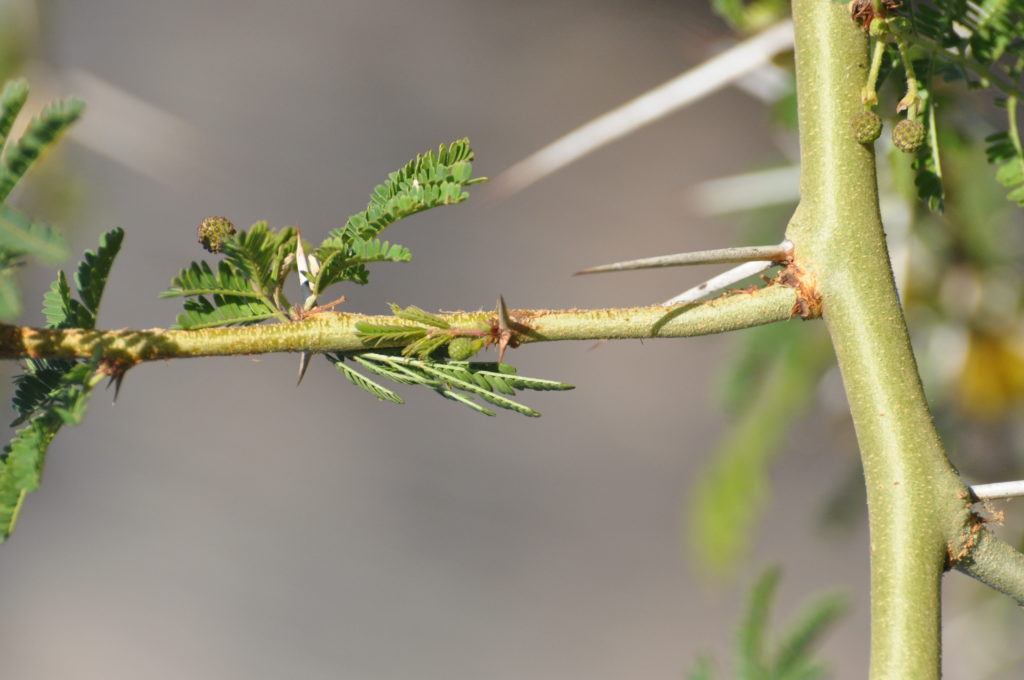
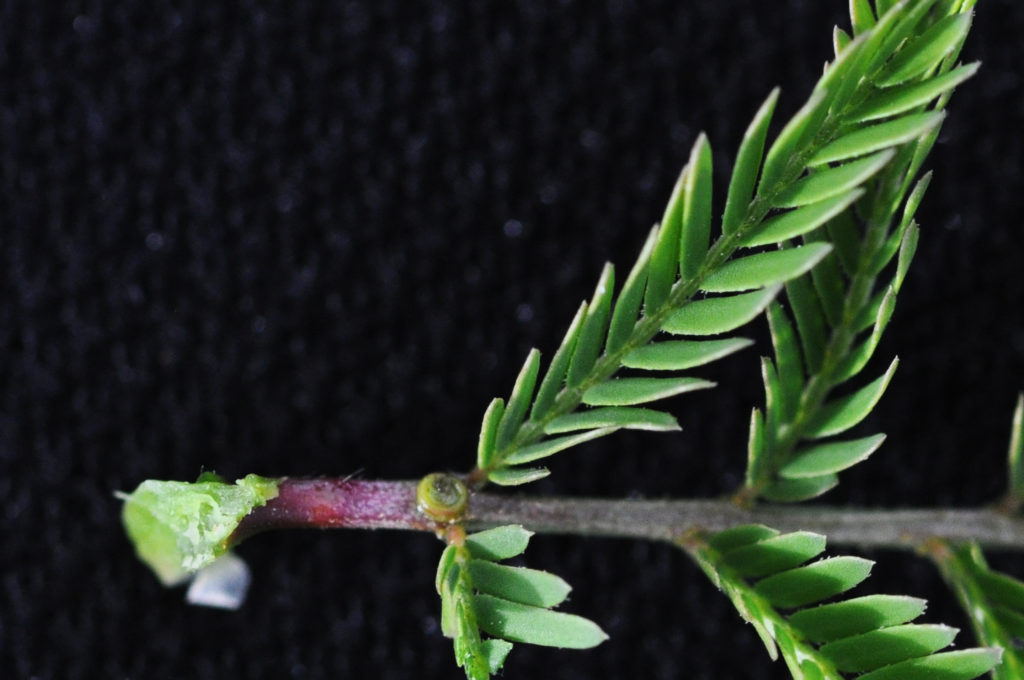
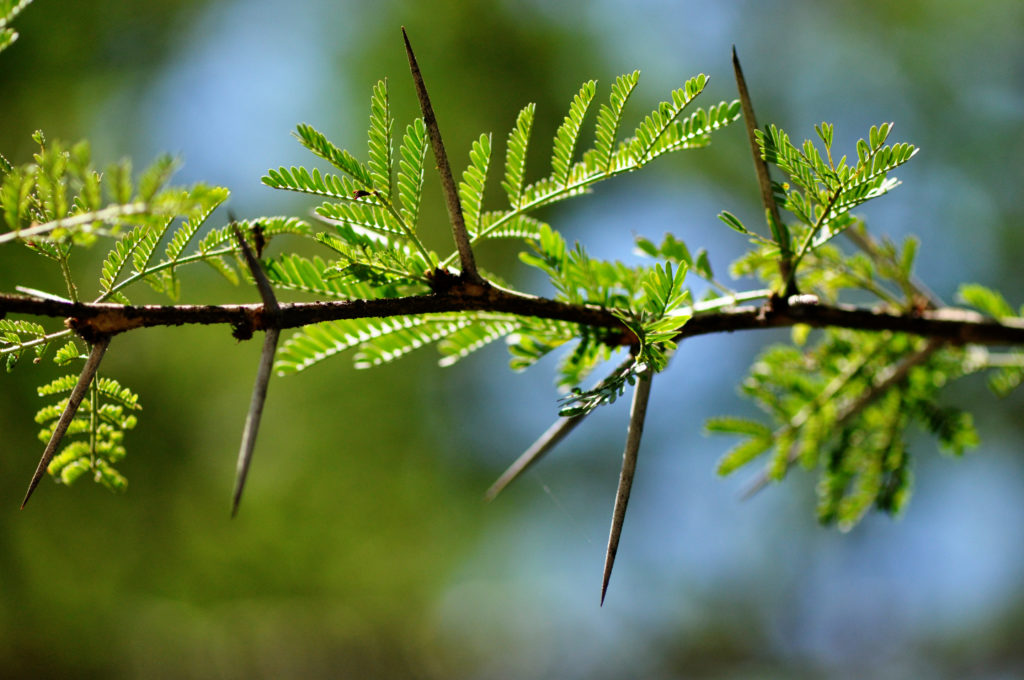

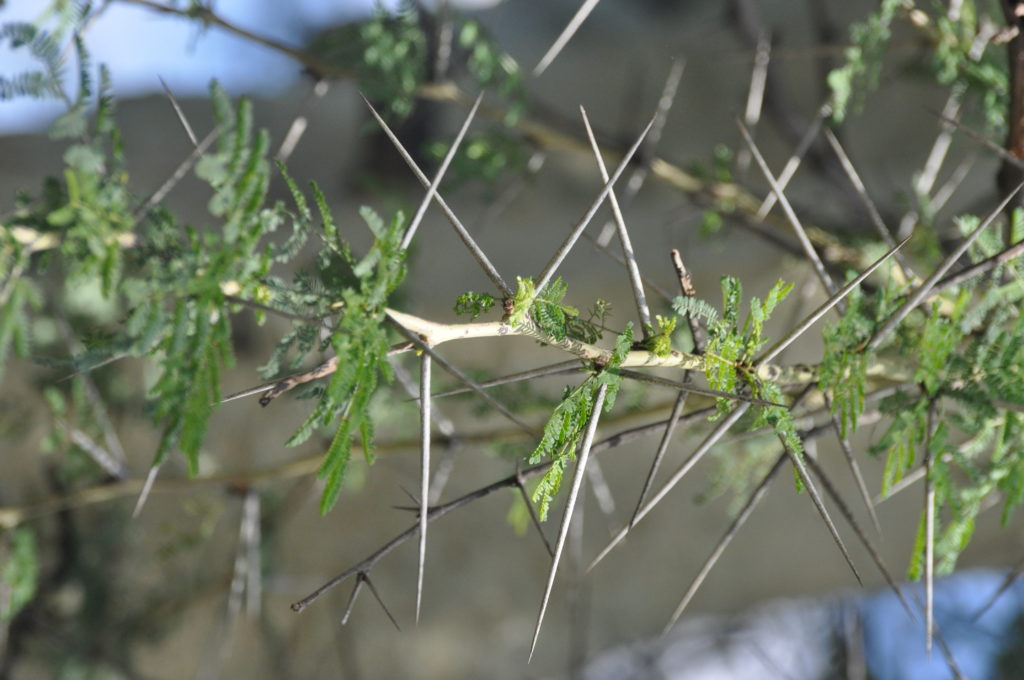
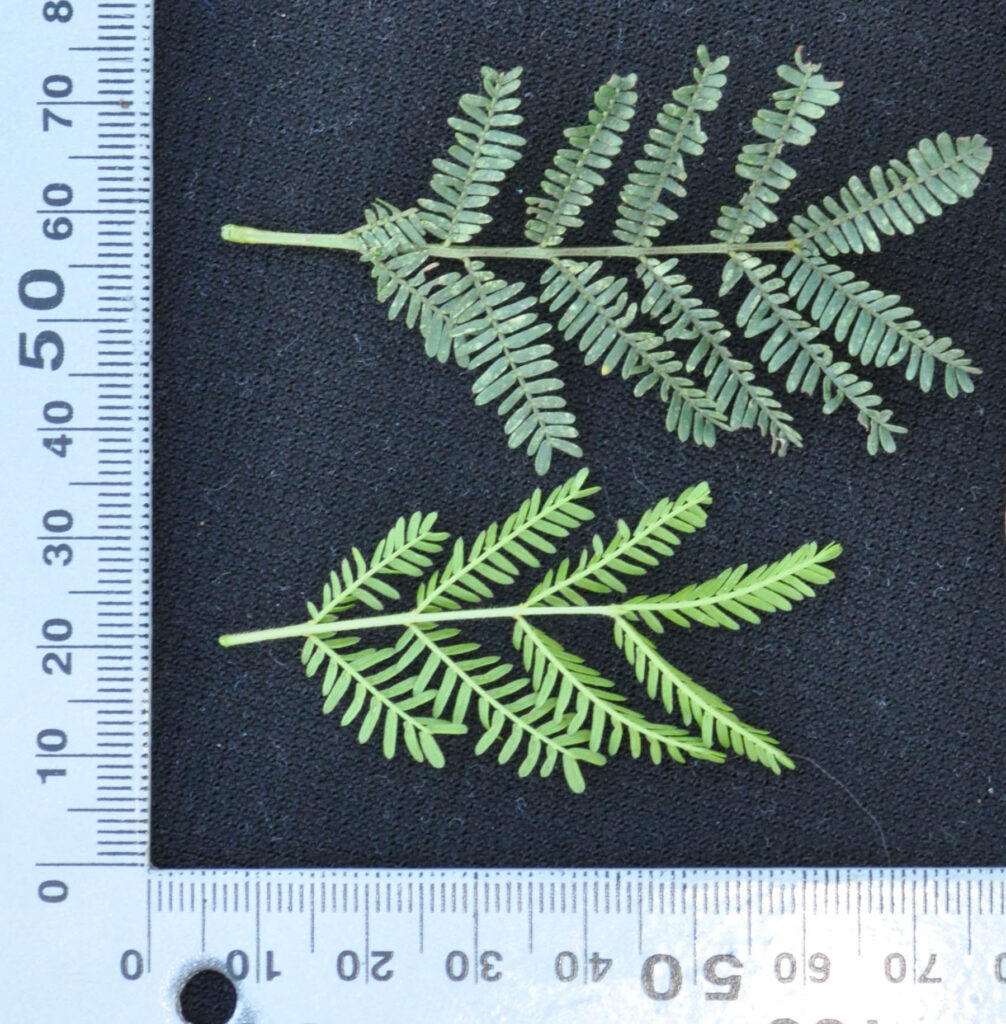
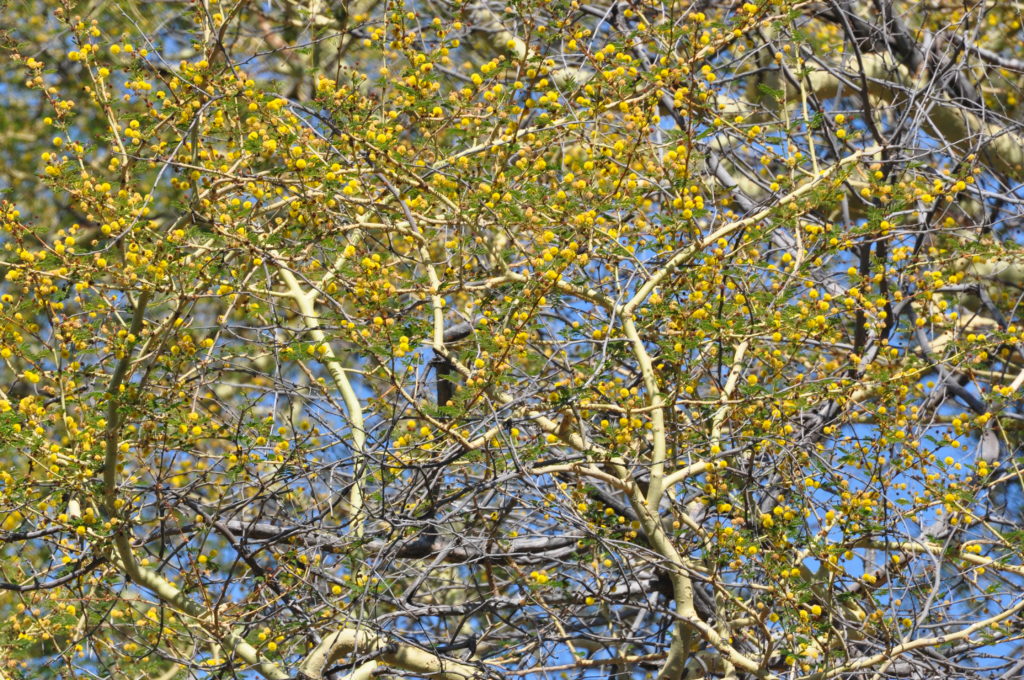
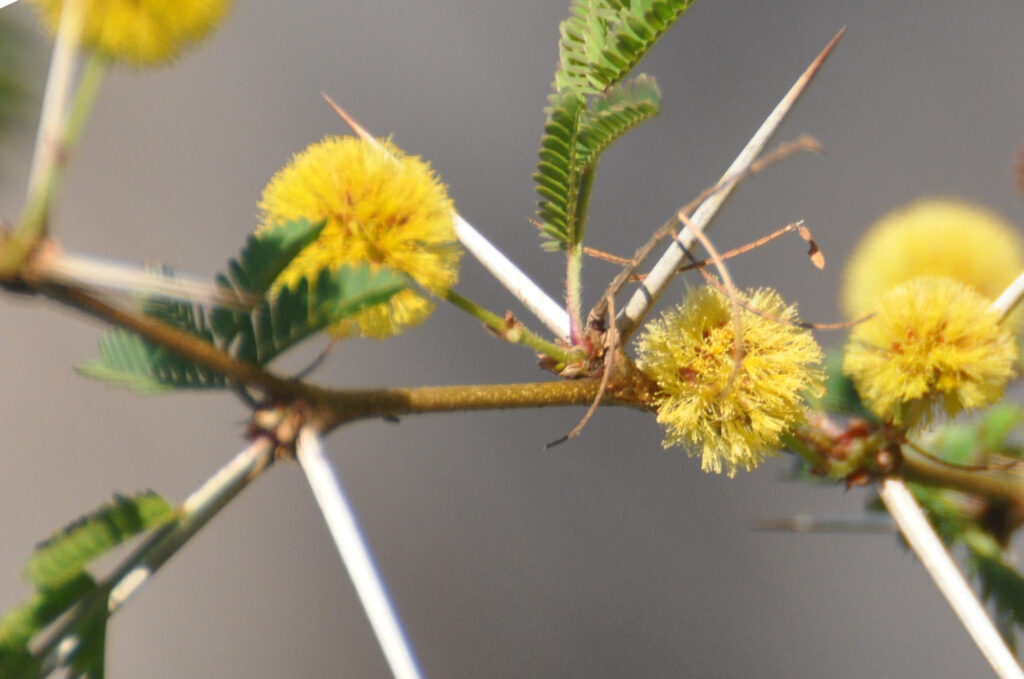
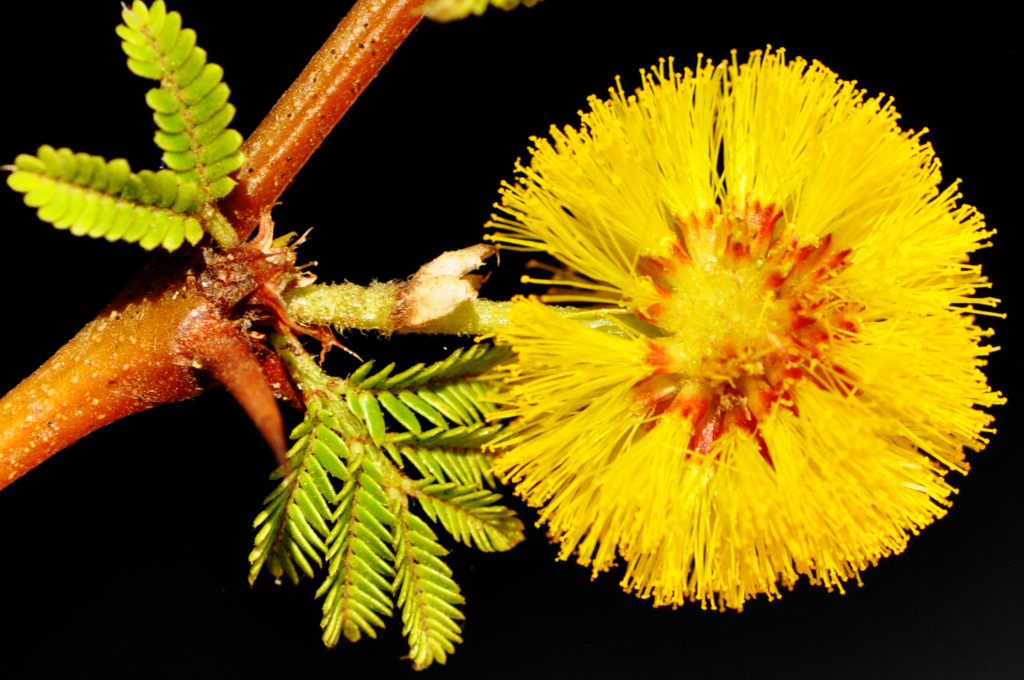
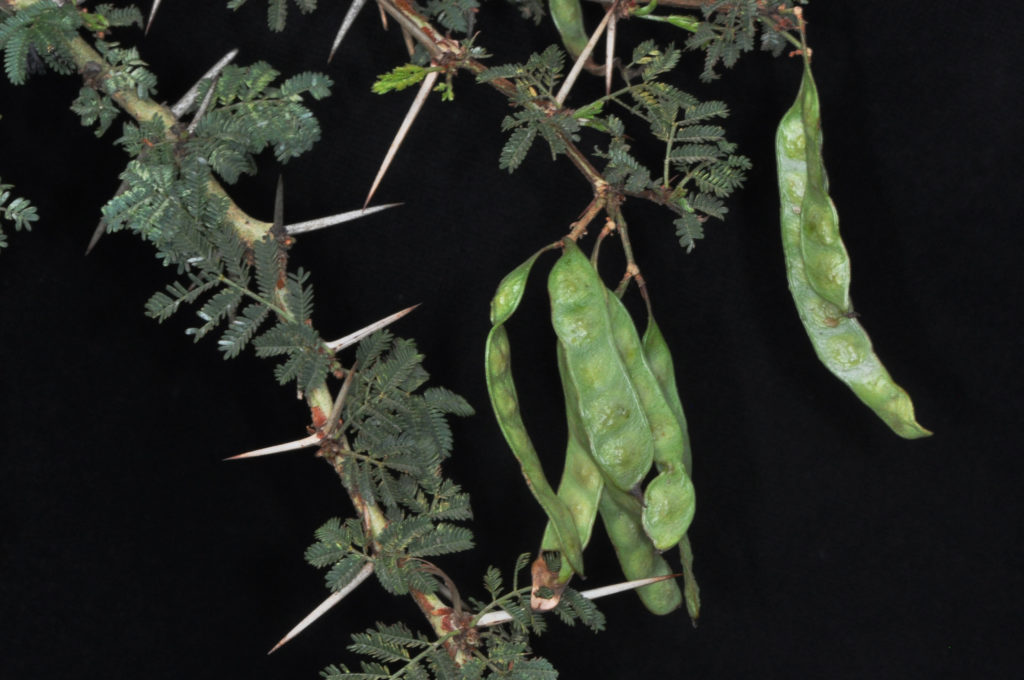

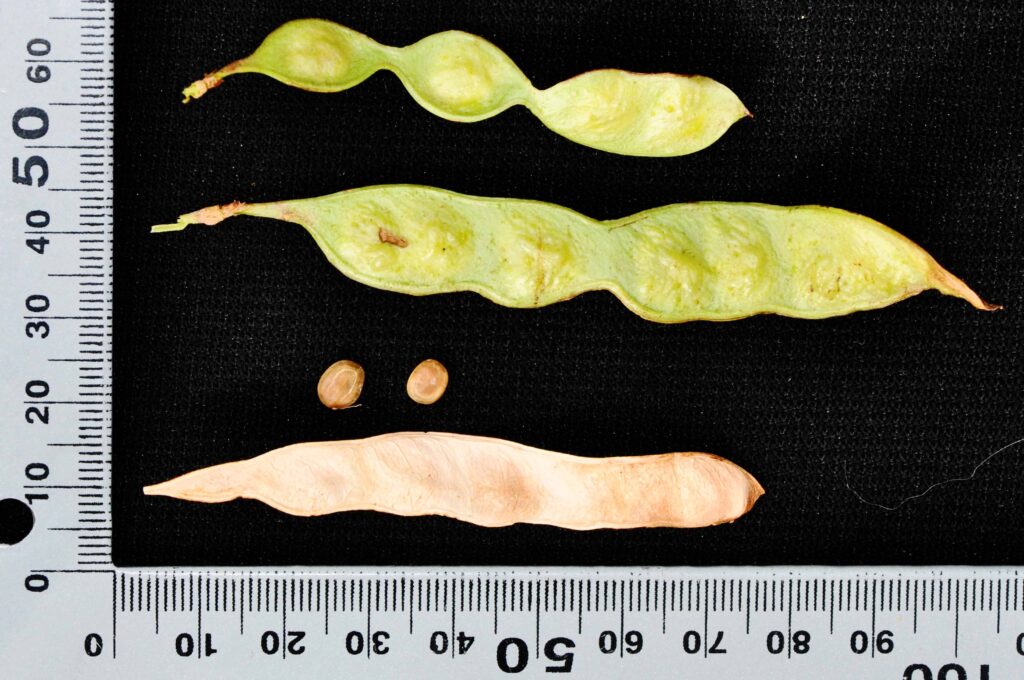
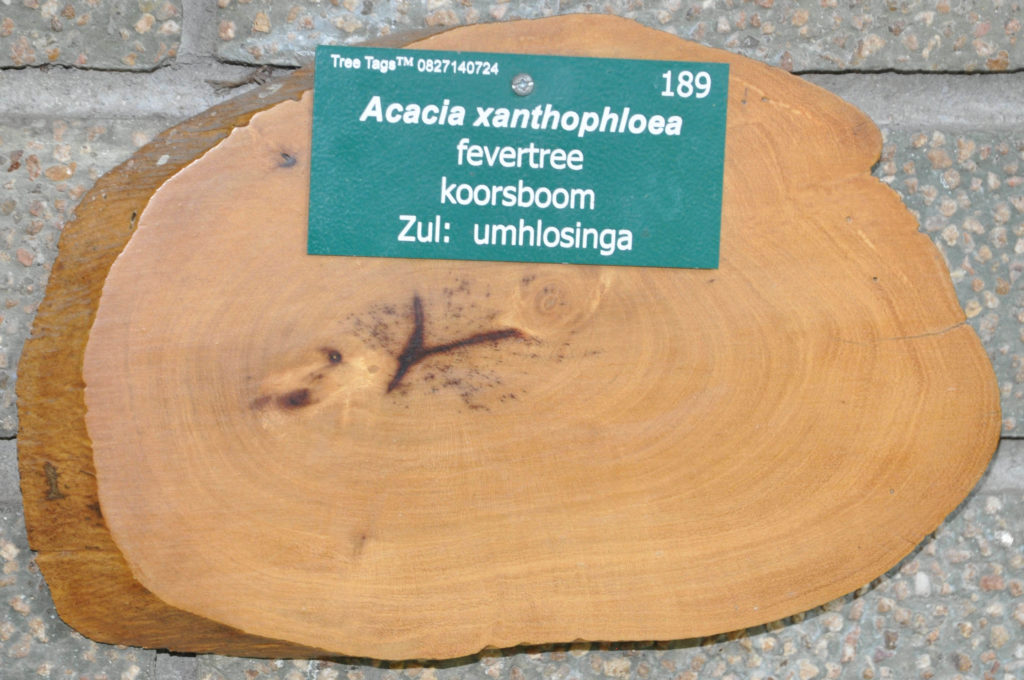
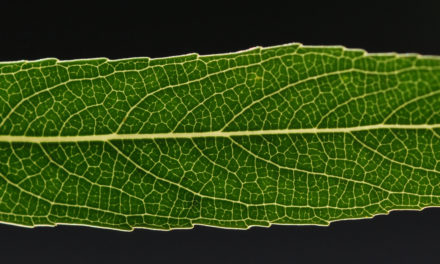

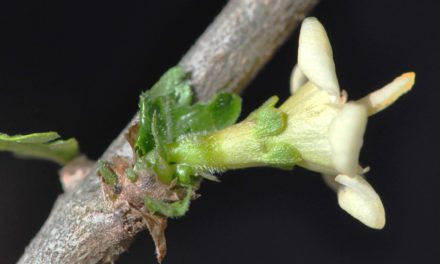
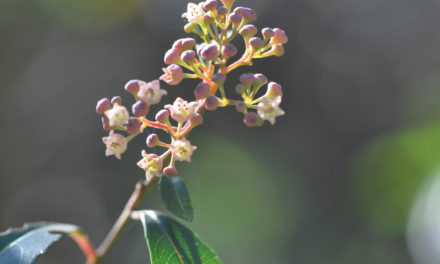
Good stuff here, Thanks. I want to use this for my paper, Diversity Study of Acacia Trees in Kenya using DArTseq Sequencing Technology.
I will reference the site.
Greetings Mwangi
Thank you for your positive comments. Good luck with your paper that you are busy with. All the best for the new year.
Take care!
David Becking.
Belated greetings Mwangi
Thank you for your positive comment, and good luck with your “Acacia” trees in Kenya.
Keep well and stay safe.
David Becking.
Hello David,
This is some really great information. My colleague and I are doing research on fever trees in the Makuleke Concession. I’ll reference your website accordingly when talking about your work in my thesis. Thank you for your awesome work!
Best, Kianie
Thank you Kianie
Many thanks for your positive comment. Much appreciated! Good luck with your thesis. May this year be a special one for you!
David Becking